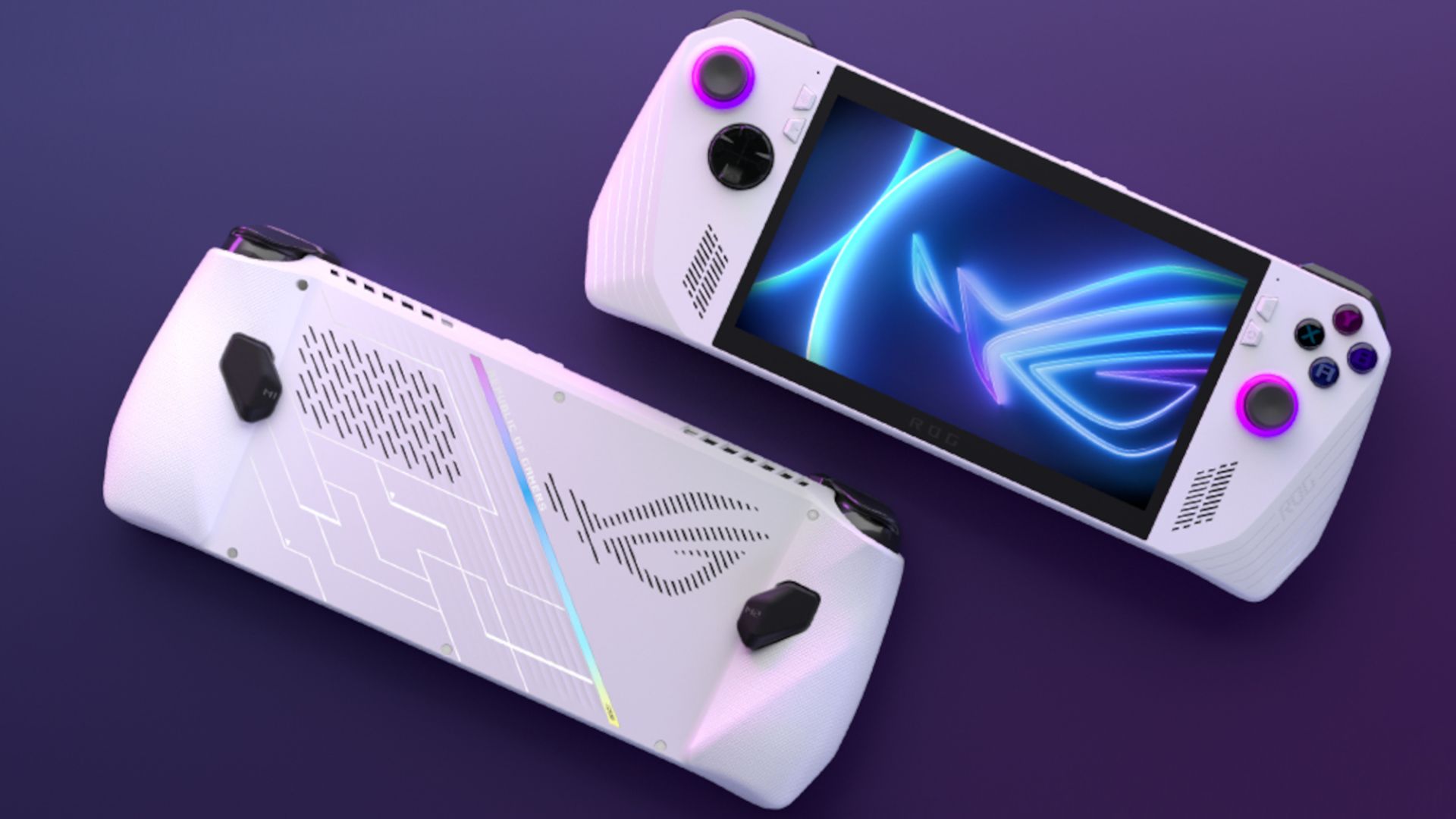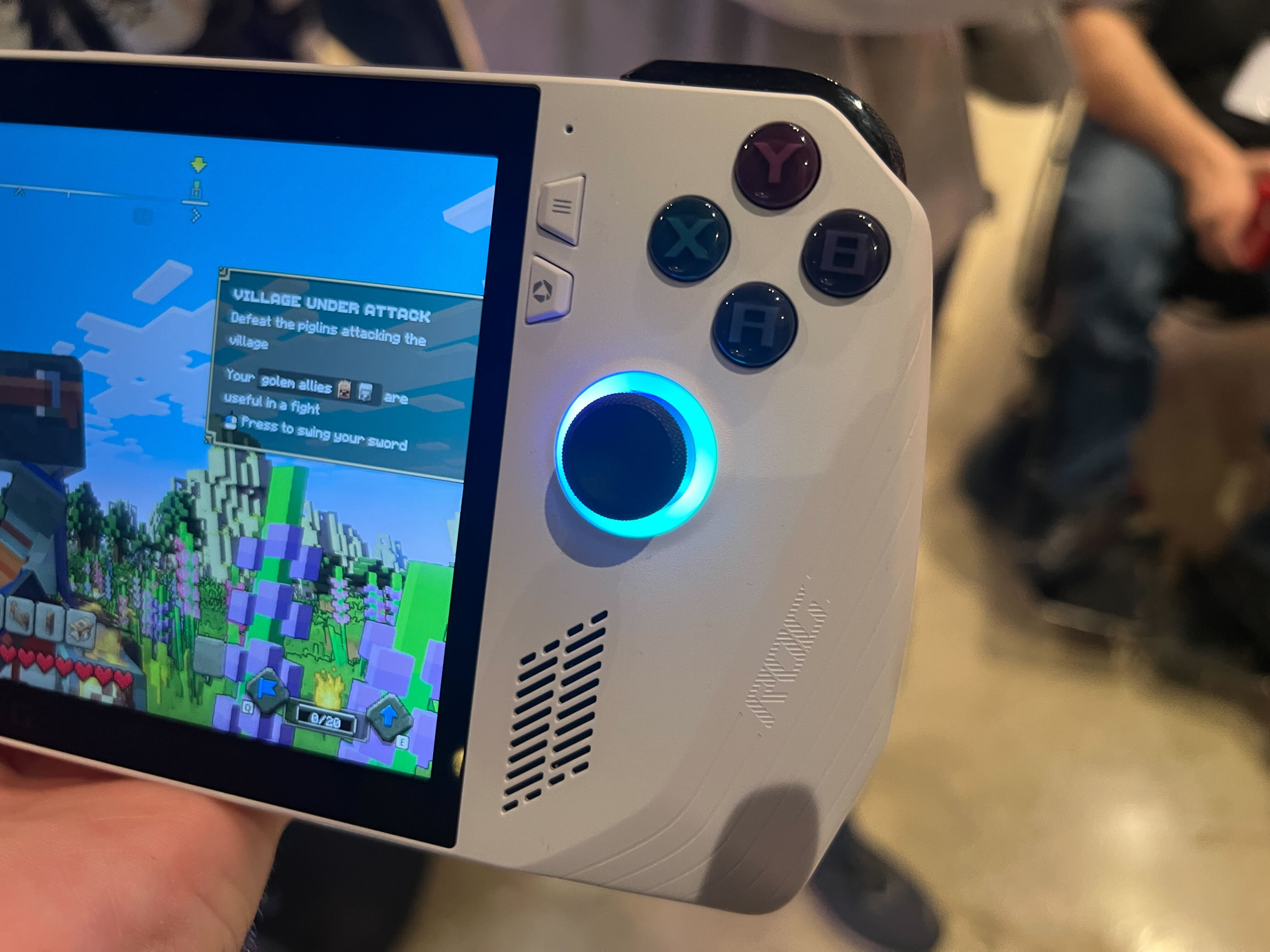If the Asus ROG Ally 2 lands in June, it’ll need these 3 fixes to defeat the Steam Deck
Here are three ways to improve on the original ROG Ally

Computex 2024 is coming soon and with it comes rumors that we could be seeing the reveal of the Asus ROG Ally 2. Though it’s more speculation than anything, there’s still a solid chance that we could be seeing a new version of the PC gaming handheld.
But if we’re to have a true successor to the original portable, there are several changes and improvements I want to see before it takes the fight to the Steam Deck, which is still the best PC gaming handheld on the market.

Fix the Windows UI
One of the biggest issues with the Asus ROG Ally across the board is its UI, which is very clunky and difficult to use. While the Lenovo Legion GO isn’t perfect, Windows 11 is much easier to use due to it being molded for a portable touchscreen — it’s much harder to navigate the screen with the ROG Ally. Compared to the Steam Deck’s near-perfect and fully customized UI, the ROG Ally needs to upgrade to compete on its next go-around. Especially with the Steam Deck 2 looming over it.
Then there’s Armoury Crate, which required an update before you could seamlessly launch any of the best PC games. At the original portable’s launch, you were forced to use that game’s platform regardless of having Armoury Crate. If we’re truly getting a sequel, the UI needs to be in top shape at launch and not months later receiving basic UI updates.

Ventilation needs improvement
Another issue with the Asus ROG Ally is its ventilation system. While not the worst around, due to its smaller size, it has trouble releasing the vast amount of heat it generates during gameplay, unlike some bigger handhelds. The sequel needs to run more efficiently and reduce the heat it releases.
There’s also the way the ROG Ally releases heat that needs changing. Instead of venting it through the bottom or lower back, it releases the hot air through the top of the system. This way, when a user reaches for a button, they won’t lay their hand over the exhaust vents which can get quite hot, which could possibly be dangerous or at the very least uncomfortable.

More tools and features at launch
The Asus ROG Ally received more support after its launch, including a recent feature called AMD Fluid Motion Frames. This artificially generates extra frames during gameplay to increase a game’s framerate, which works across all DX11 and DX12 PC games. And if Asus is planning on releasing a successor system, then features like this and others need to be built in when it first launches.
Sign up for breaking news, reviews, opinion, top tech deals, and more.
At the very least, additional partnerships with AMD to co-release updates would be ideal. That also goes for all the other updates it’s received since the ROG Ally released, as performance needs to be as stable as possible to better compete with its rivals.
If Asus can implement at least two of these three enhancements, then it’ll have an absolutely killer handheld on its hands, one that could easily take on and even surpass its biggest rival the Steam Deck.
You might also like

Named by the CTA as a CES 2023 Media Trailblazer, Allisa is a Computing Staff Writer who covers breaking news and rumors in the computing industry, as well as reviews, hands-on previews, featured articles, and the latest deals and trends. In her spare time you can find her chatting it up on her two podcasts, Megaten Marathon and Combo Chain, as well as playing any JRPGs she can get her hands on.